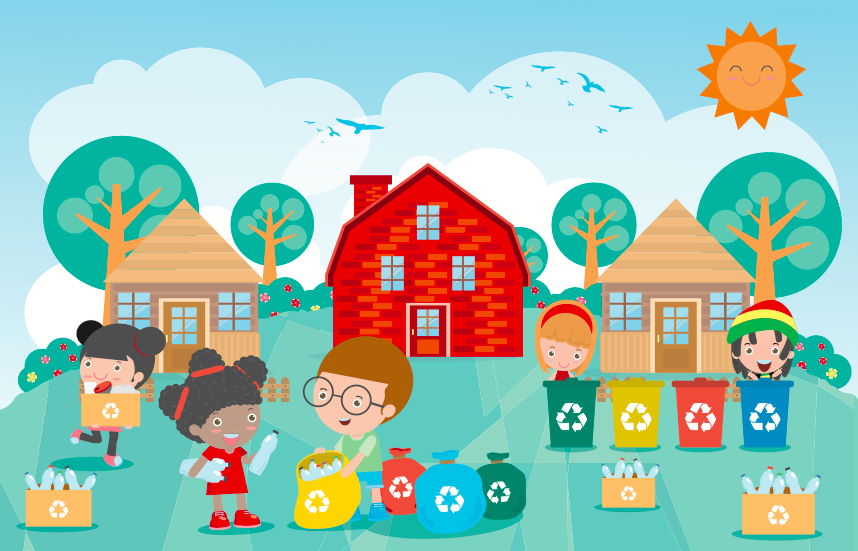Author: cheqdin
Published Date: June 03, 2019
From recycling cardboard boxes and paper waste for craft activities to maintaining compost pits, most childcare centres follow a solid waste management routine these days. However, with the climate crisis looming large above our heads, every bit of extra effort can go a long way to help the planet that's reeling haplessly from mindless waste generation.
Be it saying a staunch no to the seemingly harmless glitter and confetti or swapping single-use vinyl gloves and nappy sacks with biodegradable or recyclable alternatives, here are a few simple ways to bring down the waste footprint of your centre.
1. Say No to Glitter
The tiny bits of innocent sparkles might not seem like an obvious candidate to figure high on the list of ecologically harmful wastes from a childcare centre.
But, inconspicuous as they might seem, these tiny bits of non-biodegradable plastic are among the 15-50 trillions of microplastics that line the oceans of the world and find its way back to the humans through the fish that ingest them. With many preschools and nurseries imposing a ban on glitter from their settings, many others across the world are now following suit to outlaw these bits of sparkly plastic. See the National Geographic's: To Save the Oceans, Should you Give up Glitter?
As glitter is one of those all-time favourites that will be sorely missed, you could consider alternatives such as plant-based bio-glitter or natural mica-based glitter which are bio-degradable and plastic-free. Or you could make your own (non-sparkly alternative!) by punching holes on coloured paper or leaves, for a more economical version.
2. Go Paperless
Use emails, messages or childcare apps instead of paper notes to communicate with parents. Or switch to a paperless childcare management tool to cut down the use of paper for parent communication, children’s registration, staff and student attendance and invoicing.
When printing, set your printer to double-sided.
Use alternatives to paper towels in the nappy changing areas and bathrooms. As childhood consultant, Sue Asquith suggests, use face cloths in place of baby wipes to wipe face and hands, and consider getting back to basics and use cotton wool instead of baby wipes to clean the babies.
3. Ditch Single-Use Plastic
Use reusable shopping bags when doing your shopping, and buy loose fruits and vegetables, if possible. If you get the food and groceries delivered to your centre, request it to be delivered in crates instead of plastic bags.
Say no to plastic straws, disposable plates and cutlery. Similarly, see if you can buy milk in glass bottles in your area, and reduce the use of plastic cans.
Consider using biodegradable nappy sacks instead of the thin plastic bags.
4. Improve Stock Control to Cut Down Food Waste
When ordering fresh produce, order smaller quantities frequently to reduce spoilage. But, buy dry produce in bulk to reduce the amount of packaging.
Follow a first-in, first-out system and check the food regularly for use-by and best-by dates. Check out our article on How to reduce food waste in out of school clubs for tips on how to conduct a food waste audit.
5. Loop in the Parents and Staff
Think about appointing a staff champion to head your waste reduction and recycling program.
Set up separate bins for the kitchen and classroom areas. Post clear recycling signs in the bin stores, washrooms, kitchens and other waste-collection areas.
Use compost bins for food and organic waste.
Create a rewards program for the staff, student and parents for reducing waste, recycling more and using the appropriate bins.
Remember to follow the reduce, reuse, recycle mantra wherever possible.
Thinking of cutting down the paper use at your centre? Try out Cheqdin’s childcare software to record and manage your student and staff attendance, parent communication, daily diaries, and invoicing - all using a single digital platform. Find out more or sign up for our 7-day free trial.
You might also like:


